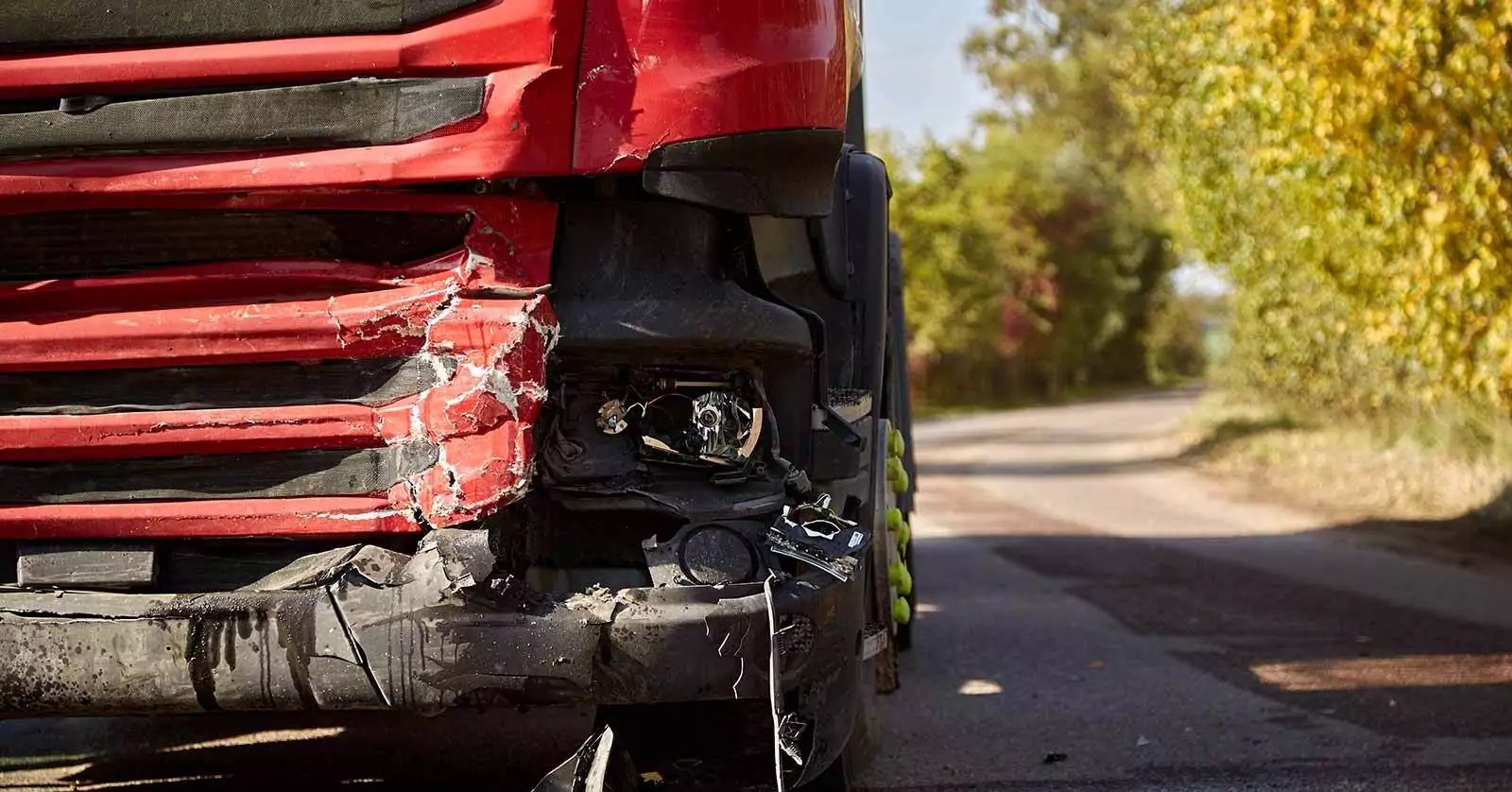House of Dispatch news
Blog
What To Do in Case of a Truck Accident

Accidents involving commercial trucks can be catastrophic and require immediate, well-informed action. With large vehicles and significant cargo loads, truck accidents often present unique challenges. In this comprehensive guide, we’ll outline a step-by-step approach on how to manage a truck accident effectively, ensuring the safety of everyone involved and addressing legal, medical, and logistical concerns.
1. Prioritize Safety: Secure the Scene and Prevent Further Hazards
The first priority in any truck accident is to prevent additional accidents or injuries. Following these steps can help secure the accident scene safely.
Steps to Secure the Scene
- Turn on Hazard Lights: Alert other drivers to the presence of an accident.
- Position Safety Triangles: Place reflective triangles or flares around the scene to increase visibility.
- Evacuate Safely, If Necessary: If the accident involves any leaks, fire, or unstable cargo, evacuate a safe distance from the truck.
- Avoid Moving the Vehicle: Unless instructed by authorities, avoid moving the truck to help maintain evidence.
By securing the scene and warning others of potential danger, you can significantly reduce the risk of further incidents.
2. Assess Injuries and Call Emergency Services
Quickly assessing injuries can save lives and expedite emergency medical care.
Assessing the Situation and Contacting Authorities
- Identify Injuries: Check yourself and others for injuries. If anyone is seriously injured, provide basic first aid if possible while waiting for emergency responders.
- Call Emergency Services: Contact 911 and provide precise details of your location and the nature of the accident.
- Request Police Presence: A police report is critical for insurance and legal purposes. Law enforcement will document the scene, which can serve as evidence in any subsequent investigation.
Promptly addressing medical needs and calling for help ensures that injured parties receive immediate care and that the accident is officially recorded.

3. Document the Accident Scene
Accurate documentation can be essential for legal and insurance proceedings. Use your phone or a camera to capture as much detail as possible.
Essential Documentation
- Photograph the Scene: Capture wide-angle shots of the accident, including road signs, traffic signals, skid marks, and vehicle positioning.
- Record Vehicle Damages: Take close-up photos of any visible damage to the truck, other vehicles, or property.
- Gather Witness Information: Collect names and contact details of any bystanders who witnessed the accident.
- Capture Road and Weather Conditions: Document environmental factors, such as weather and road conditions, that may have contributed to the accident.
Well-documented evidence can simplify the insurance claim process and strengthen your legal standing.
4. Exchange Information with Other Parties
Exchanging information with other involved parties is essential for insurance purposes and future correspondence.
Key Information to Exchange
- Personal Information: Share names, phone numbers, and addresses with the other driver(s).
- Insurance Details: Exchange insurance provider names and policy numbers.
- Vehicle Information: Record the make, model, and license plate number of the other vehicles involved.
- Employer Contact: If driving for a company, provide the dispatcher or employer’s contact information, if allowed by company policy.
Complete information exchange is vital to ensure smooth follow-up with insurance providers and legal representatives.
5. Notify Your Employer and Insurer
Promptly notifying your employer and insurance company is crucial for proper reporting and claim processing.
Reporting Steps for Truck Drivers
- Contact Your Employer: Inform your employer immediately, as they will have specific protocols to follow.
- Provide Incident Details: Describe the accident briefly, including any injuries and vehicle damage.
- Contact the Insurance Company: Start the insurance claim process to ensure coverage for medical expenses, repairs, and liabilities.
Timely reporting enables quicker claims processing and helps comply with company protocols.
6. Cooperate with the Authorities and Avoid Speculation
Cooperating with law enforcement is essential, but it’s equally important to avoid admitting fault or making speculative statements.
Handling Police and Legal Procedures
- Provide Factual Statements: Answer questions factually but avoid speculating on the cause of the accident.
- Obtain a Copy of the Police Report: This report will serve as an official record, necessary for insurance claims and legal inquiries.
- Request Legal Representation: In some cases, especially if facing liability, it may be wise to request an attorney.
Cooperating fully while avoiding self-incrimination protects you legally and maintains the integrity of your account of events.
7. Seek Medical Attention for Any Injuries
Even if injuries appear minor, it’s essential to get medical attention to detect any latent injuries.
Why Medical Evaluation is Critical
- Identify Hidden Injuries: Some injuries, such as whiplash, can manifest hours or even days after the accident.
- Create a Medical Record: A professional evaluation provides documentation of injuries, which may be critical for insurance and legal proceedings.
Prompt medical evaluation protects your health and creates documentation for any injury-related claims.
8. Review and Follow-Up on Insurance Claims and Legal Matters
After addressing immediate concerns, it’s essential to follow up with insurance claims and legal actions to ensure proper compensation and resolution.
Post-Accident Follow-Up Steps
- Review the Insurance Policy: Ensure you understand your coverage and any exclusions.
- File Necessary Claims: Submit claims for vehicle repairs, medical expenses, and potential loss of income due to injuries.
- Consult Legal Counsel: A lawyer specializing in truck accidents can help you navigate complex legal matters if needed.
Following up on insurance and legal matters promptly ensures that you receive fair compensation and can return to work as soon as possible.
Handling a truck accident can be overwhelming, but by following a structured approach, you can navigate the aftermath effectively. Prioritizing safety, securing thorough documentation, and promptly notifying relevant parties can streamline the process, protect your health, and safeguard your legal rights. Following these steps ensures compliance with legal requirements, minimizes liability, and supports recovery and resolution.
